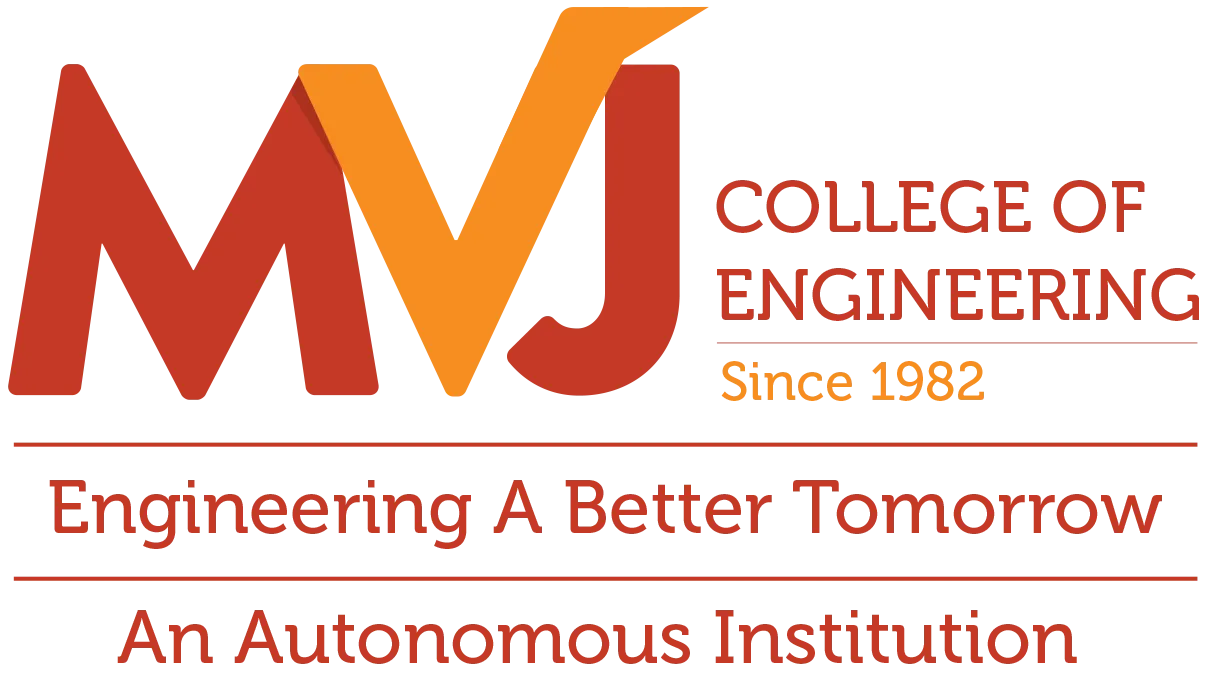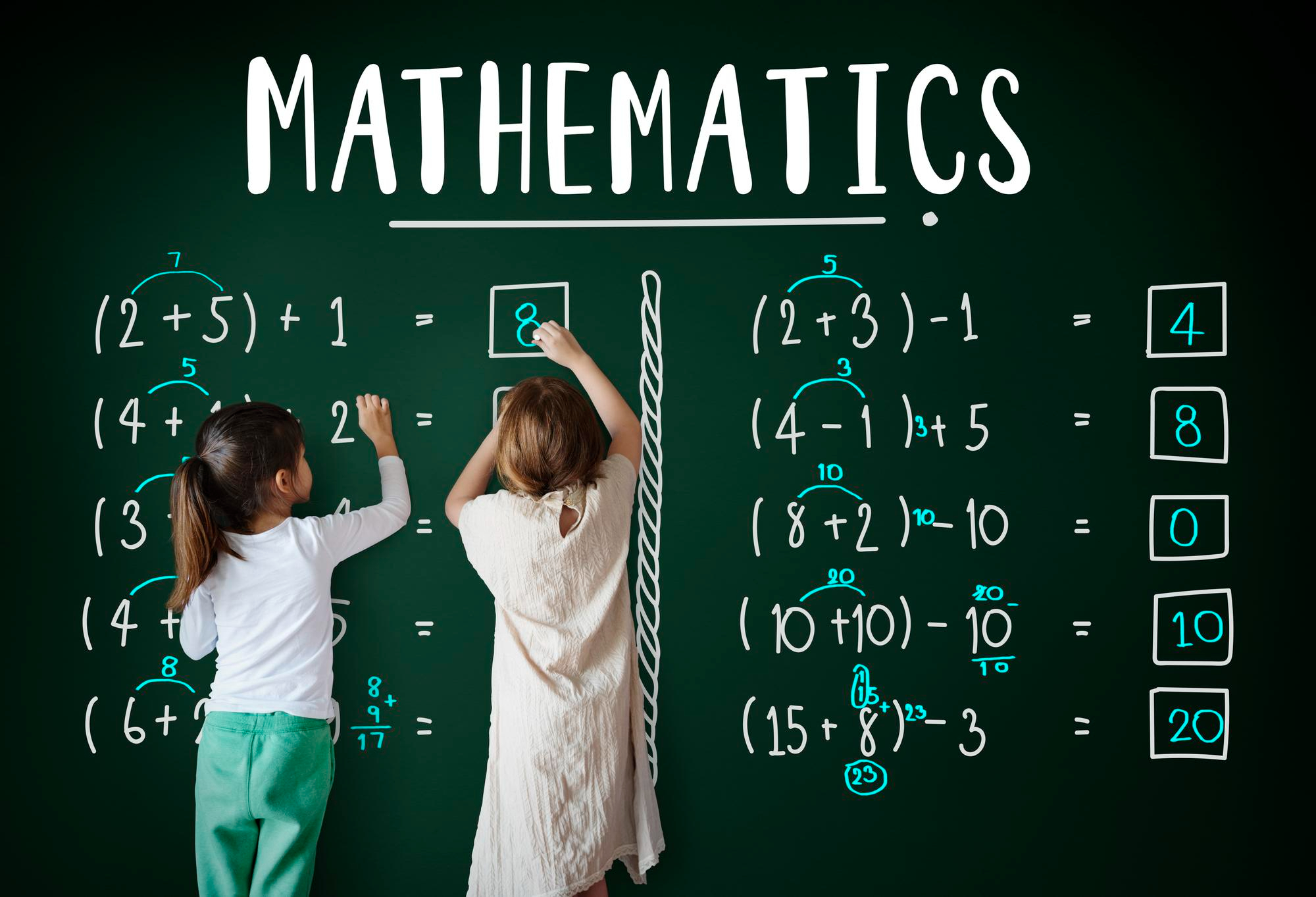The synergy between mathematics and computing is unlocking unprecedented possibilities in the ever-evolving landscape of technology and science. By harnessing mathematical theories with computational power, they advance fields such as Artificial Intelligence, Quantum Computing, and Big Data Analytics to be used by varied industries for good. This article explains the dynamic interplay of these two faculties, which drives innovation and enables to tackle complex challenges and optimize systems across various domains.
The Foundation of Mathematics
Let’s explore the foundational elements of mathematics which is crucial for advancing in various fields.
Numbers and Operations
This is a fundamental area to understand different types of numbers like integers, variational numbers and mastering options like addition, subtraction, multiplication and division. These basics are essential for high level math and everyday calculations.
Algebra and Equations
Algebra involves solving equations and understanding functions, which includes manipulating variables and constants to find unknown values. This forms the basis for advanced studies in Mathematic Science and Engineering.
Geometry and Shapes
Geometry focuses on properties in relationships of shapes, sizes and relative positions of figures in space. It includes studying points, surfaces, lines and solids, which are crucial for fields like architecture, engineering and computer graphics.
The Evolution of Computing
Let’s explore the journey of computing which has been transforming evolving from simple tools sophisticated machines.
Early Computational Devices
Abacus and slide rule are the early tools in performing basic arithmetic operations. It’s only after 17th century mechanical calculators such as Blaise Pascal’s Pascaline marked a significance in advancing the automated calculations.
Digital Revolution
The 20th century saw the birth of electronic computers. It started with ENIAC and leading to development of transistors and degraded circuits. Personal computers, internet, smartphones and others have revolutionized the communication and information processing at the dawn of the digital revolution. Today, the new frontier is quantum computing, promising exponential increases in computational power for solving complex problems.
Convergence of Mathematics and Computing
The following are the distinct fields where the convergence of mathematics and computing is evident.
1. Science and Engineering
- Simulation and Modeling
Use mathematical models and algorithms to simulate physical systems.
Ex: Weather forecasting fluid dynamic simulations, and structural analysis
- Numerical methods
Application of numerical techniques to solve complex equations.
Ex: Computational fluid dynamics finite element analysis
2. Finance and Economics
- Financial Modeling
Development of Mathematical Models for Pricing Derivatives and Managing Risks Ex: Option Pricing Models, Value at Risk Models
- Algorithm Trading
Usage of Algorithms to Execute Trades at Optimal Prices.
Integration of Machine Learning for Predictive Analysis and Market Forecasting
3. Biology and Medicine
- Bioinformatics
Mathematical algorithms for analyzing biological data such as DNA sequencing.
Ex: Sequence alignment algorithms. Protein structure prediction.
- Medical imaging
Use of mathematical algorithms in image processing for diagnostics.
Ex: CT scan image and MRI techniques.
4. Computer Science and Artificial Intelligence
- Machine learning and AI
Development of algorithms inspired by mathematical theories.
Ex: Vector machines, clustering algorithms, and neural networks.
- Data analysis and big data
Use of computational and statistical techniques to analyze large data sets.
Ex: Data mining, pattern recognition, and predictive modeling.
5. Cryptography and Security
- Cryptographic algorithms
Development of secure communication algorithms based on number theory and algebra.
Ex: RSA, ECC,
- Information security.
Use of algorithms and magical proofs to ensure data security integrity.
Computational Mathematics: Bridging Theory and Practice
Computational Mathematics is a field that combines mathematical theory, computational techniques, and numerical analysis to solve complex problems. This concept encompasses a wide range of applications, from engineering to scientific research, finance, and data science. The following are the key components of Computational Mathematics.
1. Mathematical Theory – This theory involves developing mathematical models and theorems in fundamental areas such as Linear Algebra, Differential Equations, Calculus, and Probability Theory.
2. Numerical Analysis – This is a study of algorithms for numerical approximation, ensuring the accuracy, efficiency, and stability of computational methods.
3. Computational Techniques – These techniques are used for algorithms and numerical methods to approximate solutions, which include iterative methods, Monte Carlo simulations, and finite element methods.
Bridging the Gap
Following are the ways how comparison mathematics bridges theory and practice:
Modeling real-world problems
Translating physical, biological, and financial problems into mathematical models.
Ex: Modeling heat transfer using partial data equations predicting the fall and rise of the trades in the form of market analysis models.
Algorithm development
Use of sufficient algorithms to solve mathematical models.
Ex: Partial Products Algorithm.
Simulation and experimentation
Use of computational tools to simulate scenarios and validate models.
Ex: Simulating climatic models to predict weather patterns.
Challenges and Solutions
The following are a few of the challenges with innovative solutions and how combination of mathematics and computing can more effectively harness to solve real-world problems and drive technological advancement.
| Challenges | Solutions |
| 1. Complexity and computationally intensive mathematical models | Use optimization techniques and methods to simplify models without losing accuracy. Employ approximation methods and techniques like perturbation theory and asymptotic analysis. Leverage high-performing community to handle complex computations efficiently. |
| 2. Scalability Issues in handling large datasets and complex simulations | Design algorithms efficiently to lower computational complexity, enhancing scalability. Utilize big data technologies and frameworks like Hadoop and Spark for handling large-scale data processing. Explore cloud computing to scale computations dynamically. |
| 3. Accuracy and Precision in computational results | Conduct thorough error analysis to minimize computational errors. Develop adaptive algorithms to adjust the parameters based on error estimates. Regularly validate and verify models against analytical solutions and empirical data. |
| 4. Data Quality and Availability | Develop robust data cleaning techniques to preprocess and enhance data quality. Create synthetic data when real data is insufficient or unavailable. Promote collaborative data-sharing techniques across organizations to improve data availability. |
| 5. Real-time processing for applications like finance and healthcare | Utilize frameworks like Apache Kafka and Apache Flink for real-time data processing. Develop efficient algorithms to optimize real-time performance. Deploy edge computing closer to the source and reduce latency in processing data. |
| 6. Interpreting Complex Results for decision-making | Use data visualization tools to present results intuitively. Develop explainable models to provide insights for the decision-making process. Integrate user training to interpret and understand complex computational results. |
Educational Perspectives
Following are the educational perspectives where students can learn and leverage both mathematical and computational skills, fostering innovation and addressing complex problems.
Interdisciplinary Curriculum
- Enroll in courses that cover both mathematical concepts and computational techniques. Example computational mathematics or applied mathematical computing.
Integrate Core Disciplines
- Integrate courses on Discrete Mathematics, Linear Algebra, and Calculus Theory for Computer Science Applications and courses on Algorithm Design, Numerical Methods, and Software Tools for Mathematics.
Hands-On Learning
- Enroll in a lab work, where all students can use computational tools to solve mathematical problems. Get hands-on experience with software like MATLAB, Mathematica, Python libraries, and R.
Collaborative Learning
- Encourage teamwork and form teams comprising students from different disciplines to tackle complex problems. Join workshops and seminars to foster collaboration and exchange of ideas.
Professional Development
- Collaborate with industries for internships and real-world problem-solving and get additional training and certifications in relevant software and technologies to equip with skills for both academic and industrial.
Research & Innovation
- Participation in research projects involving mathematical modeling, algorithm development, and data analysis can bridge the gap between mathematics and computing.
Continuous Improvement
- Join professional development programs to stay updated with advancements and access online courses focusing on emerging topics and technologies in both fields.
Future Trends and Technologies
| 1. Quantum Computing | Uses advanced mathematical concepts such as linear algebra, quantum mechanics, and complex power order theory. Promises cryptography optimization and simulations of complex systems. |
| 2. Advanced Data Analysis and Big Data | Statistical methods, optimization techniques, and machine learning algorithms for data analysis. Improves decision-making in industries like healthcare, finance, and marketing through predictive analytics, real-time insights, and pattern recognition. |
| 3. AI and ML | Involves linear algebra for neural network computations, probability theory for making predictions, and calculus for optimization. Enhances capabilities in natural language processing, autonomous systems, computer vision, and personalized recommendations. |
| 4. Smart Cities and IoT | Mathematical modeling, optimization, algorithms, and statistical analysis to manage resources, infrastructure, and traffic. Enhances urban planning, transportation systems, and energy management to more efficient and sustainable cities. |
| 5. Bioinformatics and Computational Biology | Statistical models, graph theory, and algorithms for sequence, alignment, structure prediction, and systems biology. Advances personalized in medicine, drug discovery, and genomics research by providing insights into genetic variations in the biological process. |
Conclusion
The synergy between mathematics and computing is fueling rapid advancements in technology and science. Integrating mathematical theories with computational power drives innovation in fields like Artificial Intelligence, Quantum Computing, and Big Data Analytics. This collaboration enhances problem-solving and optimizes systems, addressing challenges such as complexity and data quality. As we progress from early computational tools to cutting-edge technologies, this dynamic interplay continues to transform industries and shape the future of technology.
FAQs (Frequently Asked Questions)
What are the practical applications of mathematics in computing?
Mathematics is used for algorithmic design, data analysis, machine learning, computer graphics, and cryptography.
How does computational mathematics differ from theoretical mathematics?
Computational mathematics focuses on problem-solving with algorithms, while theoretical mathematics emphasizes abstract concepts and proofs.
What role does mathematics play in artificial intelligence and machine learning?
Mathematics underpins algorithms for optimization, model training, neural network architecture, and data analysis in artificial intelligence.
How can studying mathematics benefit a career in computer science?
Problem-solving skills, algorithmic design, understanding of complex computational systems and computer science, and data analysis are the benefits of studying mathematics for computer science.
What are some emerging technologies that combine mathematics and computing?
Quantum computing, big data analytics, bioinformatics, and the Internet of Things integrated with advanced mathematics and computational methods in artificial intelligence are emerging technologies combining both mathematics and computing.

